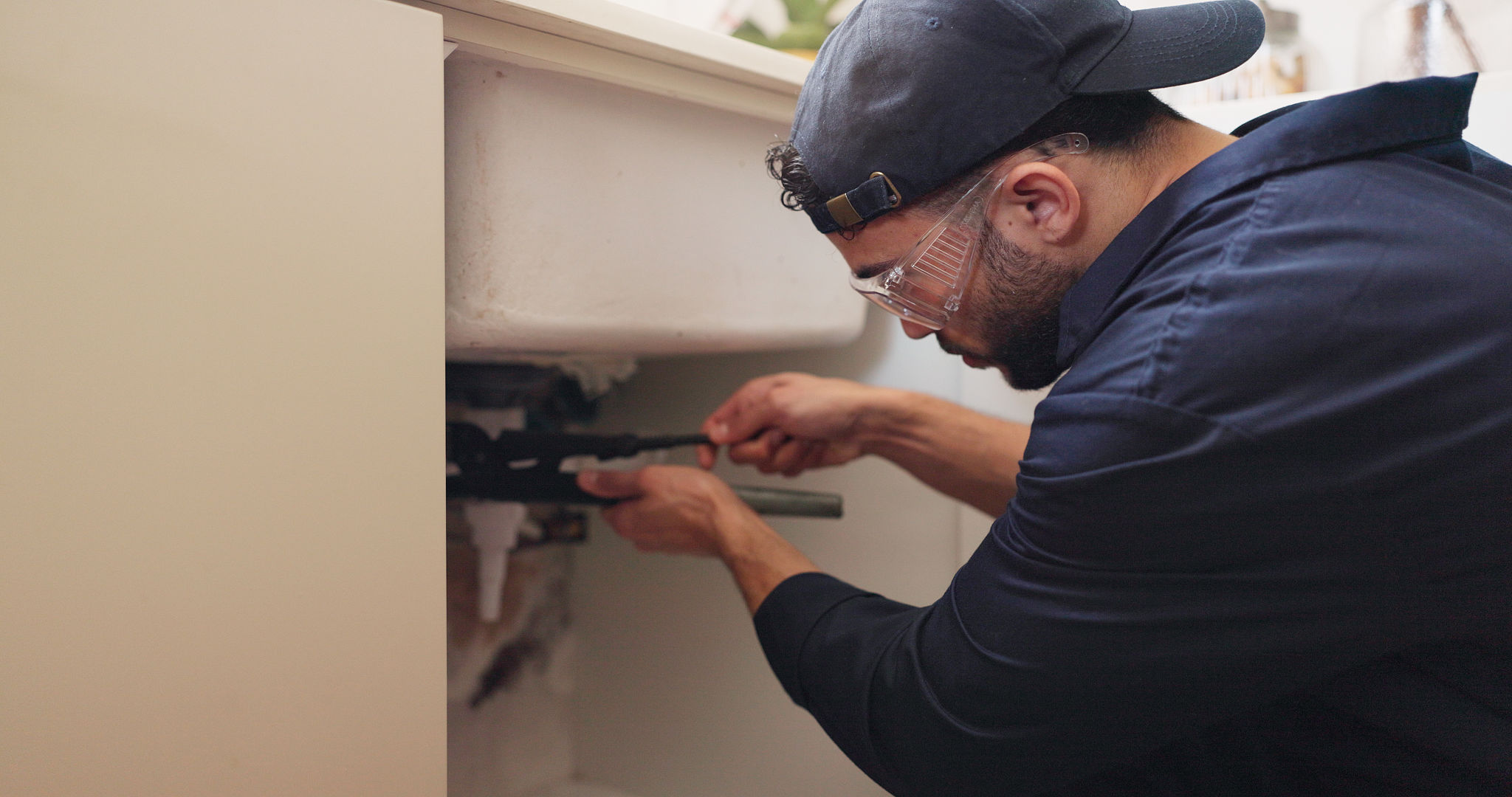Repair Coordination: How Inspection Section 8 Simplifies Your Compliance Needs
Understanding Repair Coordination
In the realm of property management and real estate, ensuring that all properties meet rigorous compliance standards is a crucial task. This often involves coordinating numerous repairs and maintenance activities. Repair coordination is a vital process that guarantees all necessary repairs are completed efficiently and in accordance with regulatory requirements. The complexity of this task can be daunting, but tools like Inspection Section 8 simplify the process significantly.

The Role of Inspection Section 8
Inspection Section 8 is a powerful tool designed to streamline repair coordination by providing a structured framework for inspections and subsequent repairs. This tool helps property managers maintain high standards of quality and compliance, ultimately ensuring tenant safety and satisfaction. By using Section 8, managers can easily identify issues, prioritize repairs, and monitor progress effectively.
One of the key advantages of Inspection Section 8 is its ability to standardize inspections across multiple properties. This uniformity not only simplifies the inspection process but also ensures that all properties are held to the same standards, reducing the risk of non-compliance.
Key Benefits of Using Inspection Section 8
- Streamlined Processes: Section 8 offers a systematic approach to inspections, making it easier to identify and address repair needs.
- Enhanced Compliance: By adhering to standardized guidelines, properties are more likely to meet regulatory requirements.
- Improved Communication: The tool facilitates better communication between property managers, repair teams, and tenants.

How Inspection Section 8 Simplifies Compliance
The compliance landscape in property management can be complex, with numerous regulations that need to be met. Inspection Section 8 simplifies this by providing clear guidelines and checklists that managers can follow. This clarity reduces the likelihood of overlooking important compliance issues, minimizing potential legal risks.
Moreover, the tool's reporting features allow managers to generate detailed reports on the status of repairs and compliance levels. These reports can be invaluable during audits or assessments, providing evidence of due diligence and proactive management.
Efficient Repair Management
Repair coordination is not just about identifying issues; it’s also about ensuring they are resolved promptly. Inspection Section 8 facilitates this by allowing property managers to track repair progress in real-time. Managers can assign tasks to specific team members, set deadlines, and receive updates on completion status.

This level of oversight ensures that repairs are completed on time and within budget. It also enhances accountability among team members, as everyone involved in the process has clear visibility into their responsibilities and deadlines.
Enhancing Tenant Satisfaction
Ultimately, efficient repair coordination leads to higher tenant satisfaction. When repairs are handled swiftly and professionally, tenants feel valued and cared for. This can lead to longer tenancy durations, positive reviews, and a better reputation for property managers.
Inspection Section 8 plays a crucial role in achieving this by ensuring that all repair activities are conducted smoothly and efficiently. By prioritizing tenant needs and maintaining high standards of property upkeep, property managers can foster a positive living environment for their tenants.
Conclusion
In conclusion, Inspection Section 8 is an essential tool for any property manager looking to streamline their repair coordination efforts. By simplifying compliance requirements and providing an efficient framework for inspections and repairs, Section 8 helps ensure properties remain safe, compliant, and tenant-friendly. Embracing such tools not only enhances operational efficiency but also contributes significantly to tenant satisfaction and overall property value.